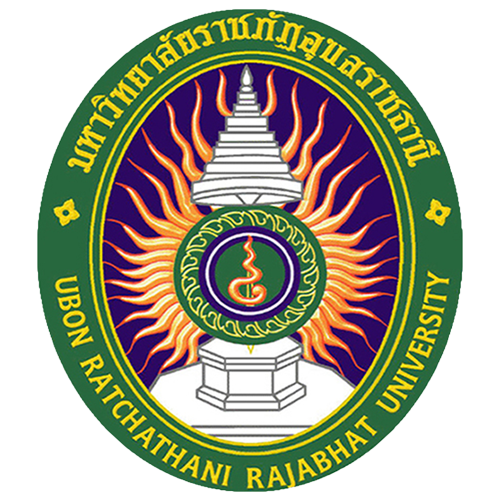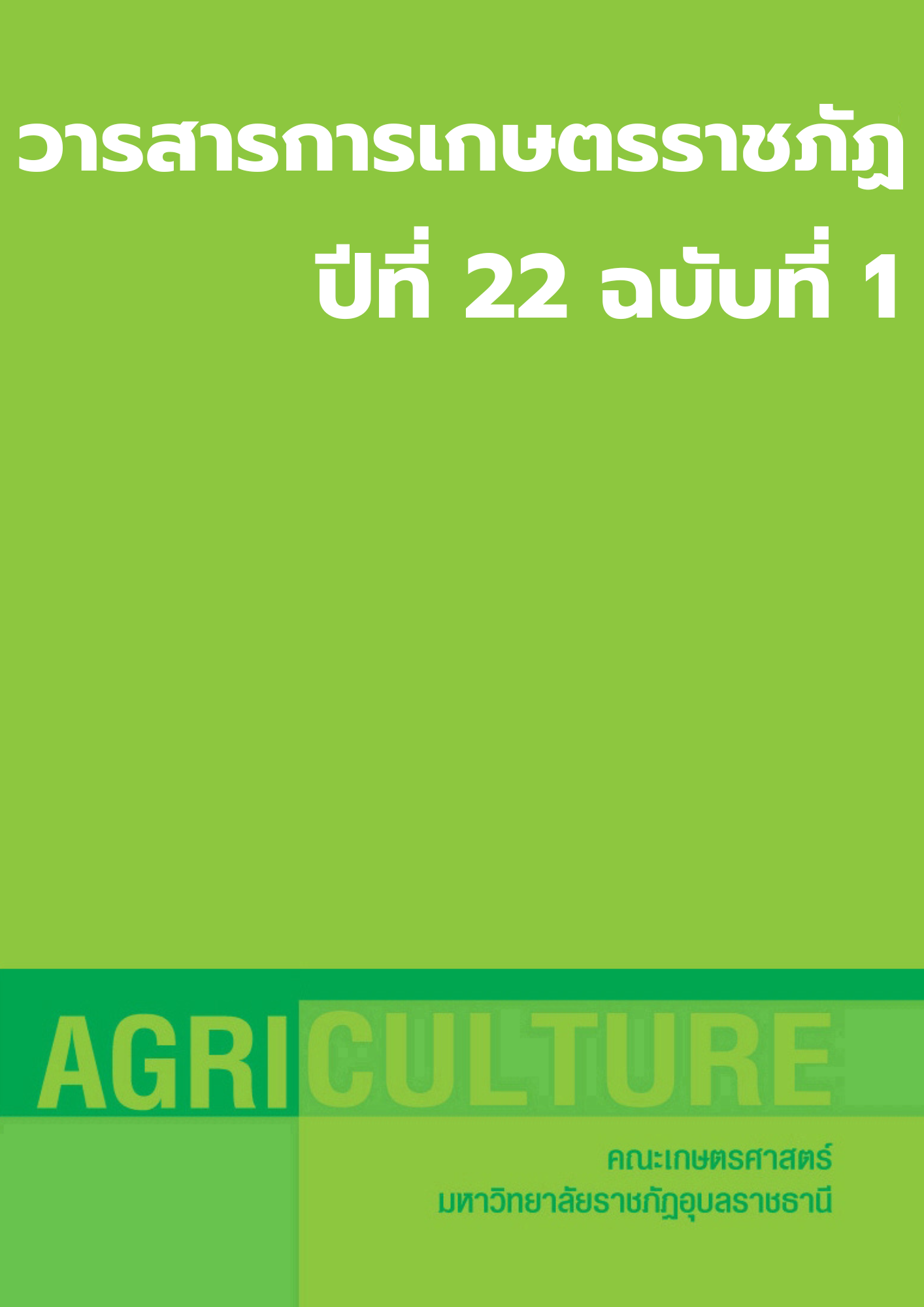Current Resistance Situation of the Brown Planthopper to Insecticides in the Upper Northern Thailand สุกัญญา อรัญมิตร กัลยา บุญสง่า จินตนา ไชยวงค์ พยอม โคเบลลี่ ไอลดา ชุมแสง ฉลอง นิลบุตร สุภาพร ลิอินทร์ นฤมล ดุนสุข ปัฐวินันท์ บัวสา และ ศิริภรณ์ ต้องประสงค์
Main Article Content
Abstract
Brown planthopper (BPH), Nilaparvata lugens (Stål), is a significant insect pest in irrigated rice fields in Thailand's lower northern and central regions. They are capable of rapidly adapting to their environments and rice varieties. The upper northern part had its first severe outbreak from 2011 to 2012. Inappropriate insecticide application with a high concentration over a long period and spread over an enormous area cause severe outbreaks. The investigation of insecticide resistance in BPH was the objective of this research. BPH populations were collected from rice fields in Chiang Rai, Chiang Mai, and Lampang provinces in 2022. The toxicity level (LD50) was tested on three insecticides commonly used by farmers in the area: imidacloprid, dinotefuran, and ethiprole. The results demonstrate that the BPH populations collected from Chiang Rai and Lampang provinces showed slight resistance to ethiprole (6-fold) and no resistance levels were observed in imidacloprid and dinotefuran in all BPH populations. According to the level of BPH resistance in each area, this information can be utilized to make recommendations for the insecticides to use in order to effectively manage BPH in the upper northern region.


